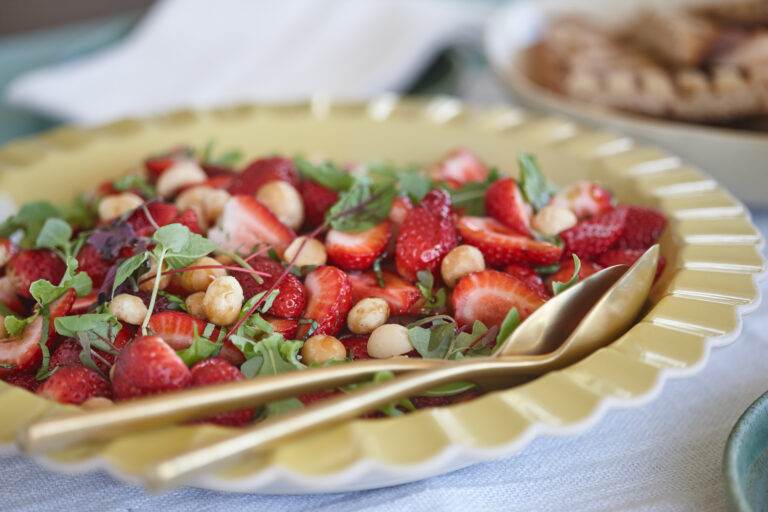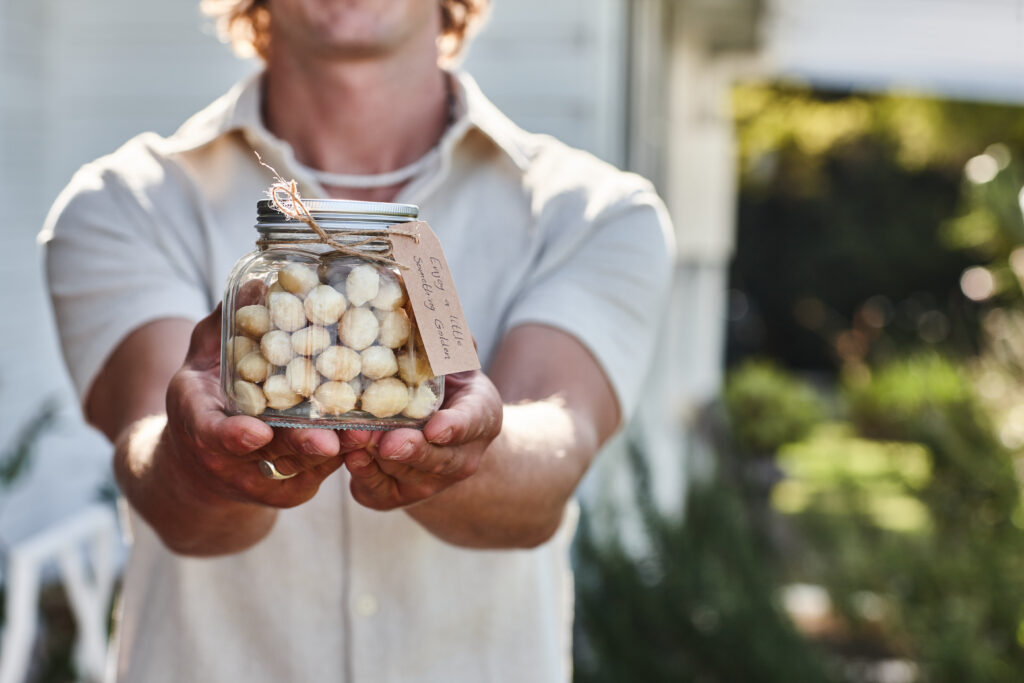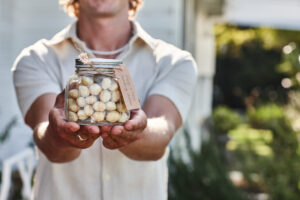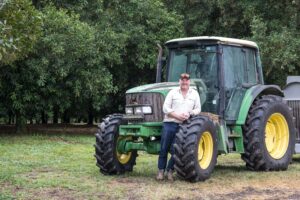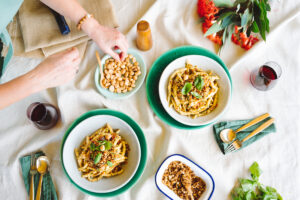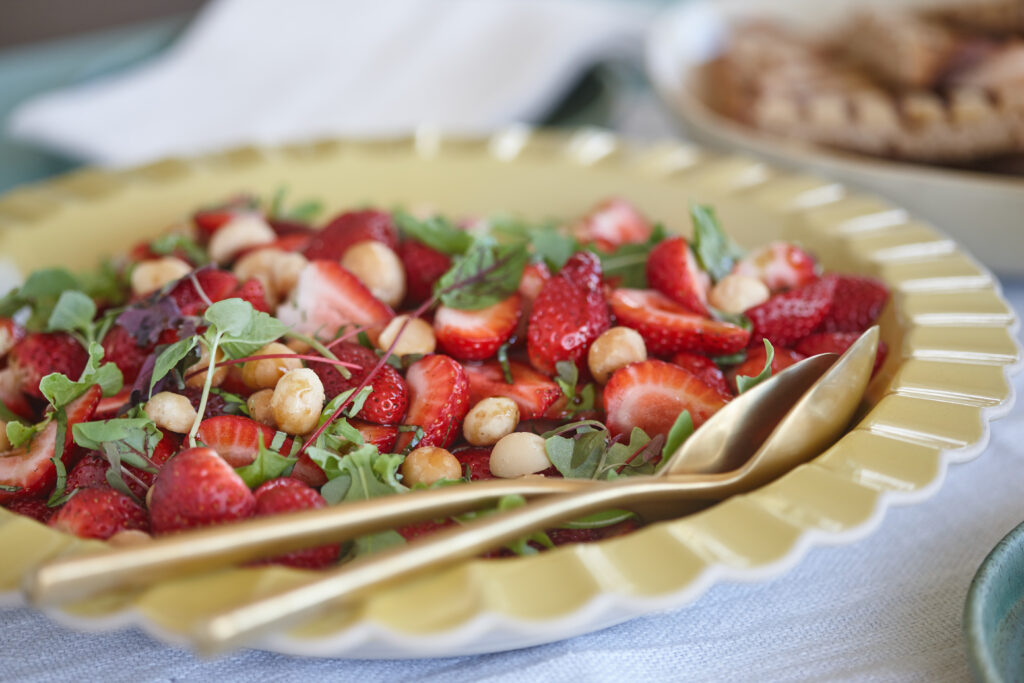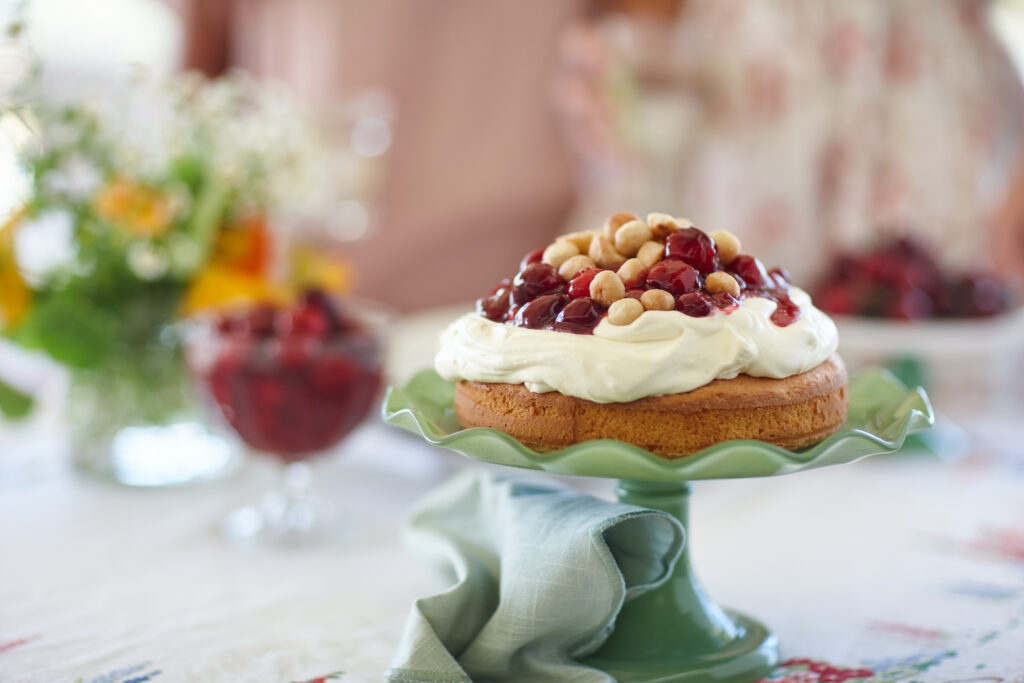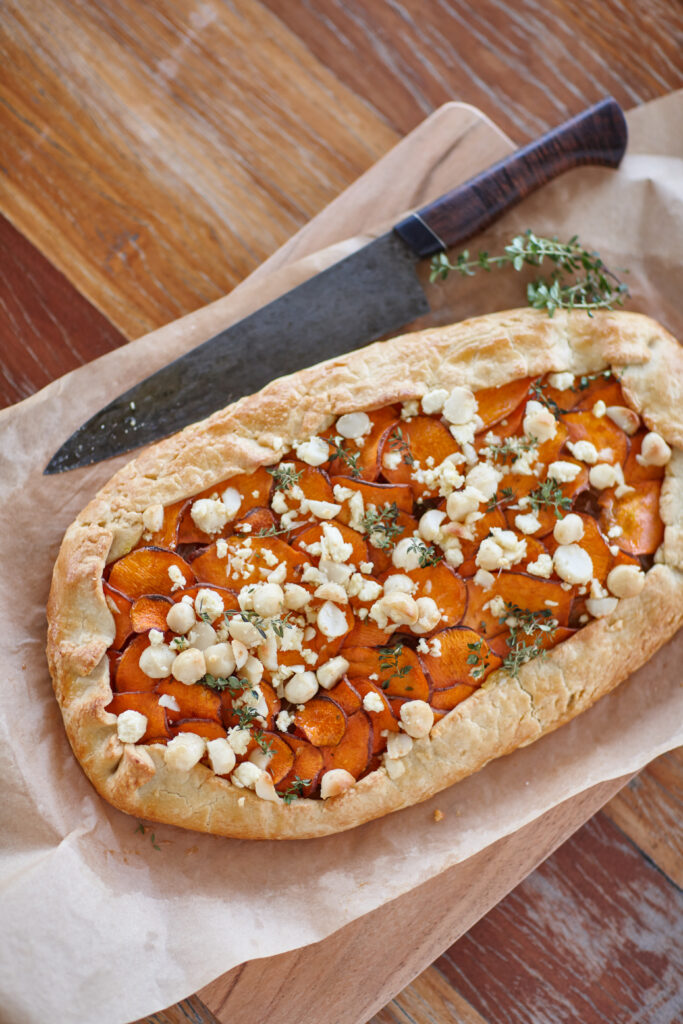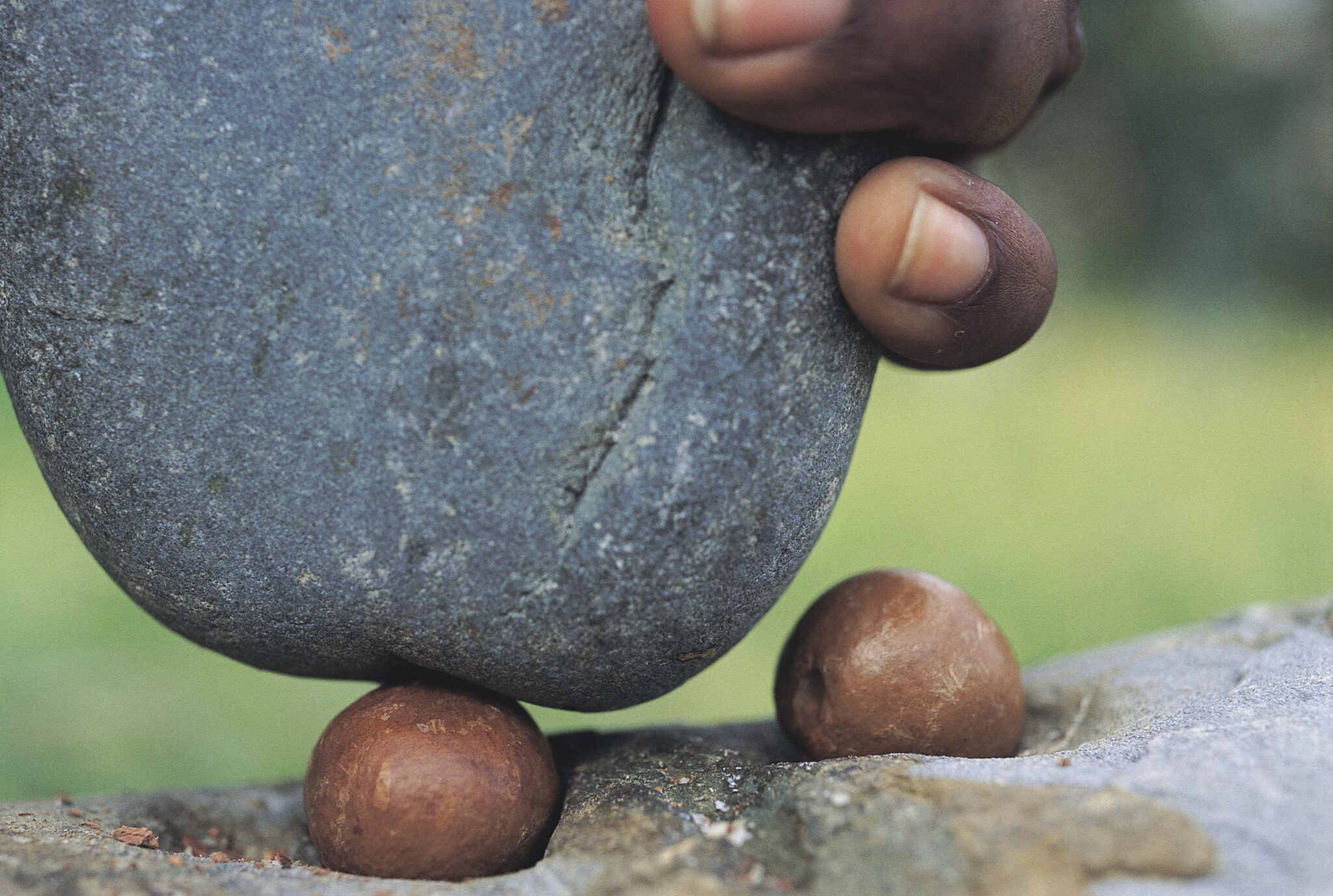
In the spirit of reconciliation the Australian Macadamia Society acknowledges the Traditional Custodians of country throughout Australia and their connections to land, sea and community. We pay our respect to their elders past and present and extend that respect to all Aboriginal and Torres Strait Islander people today.
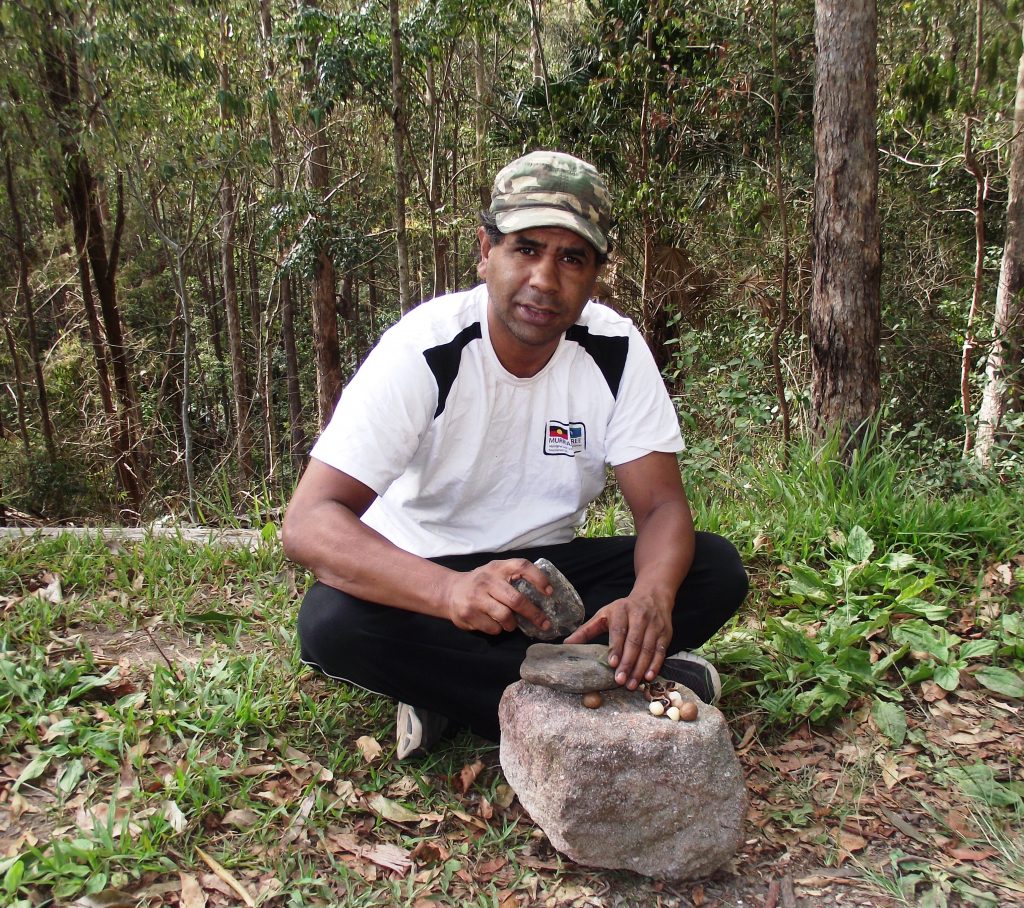
Macadamia country
The macadamia holds a special connection for Indigenous Australians, especially along the east coast where macadamias first evolved on many Aboriginal nations. These include:
Gumbaynggirr Nation: The Gumbaynggirr lands cover a large area of the Mid North Coast of NSW from the Nambucca River to as far north as the Clarence River (Grafton).
Bundjalung Nation: Bundjalung Nation stretches from the northern banks of the Clarence River near Grafton in NSW up to the Logan River in Queensland and west to the Great Dividing Range near Tenterfield and Stanthorpe.
It includes the regional centres of Lismore, Casino, Kyogle, Woodenbong, Byron Bay, Ballina, Coolangatta-Tweed Heads, Murwillumbah, the Gold Coast, Beaudesert and Warwick.
Yugambeh Country: The Yugambeh language people are the traditional custodians of the land located in south-east Queensland and north-east New South Wales, now within the Logan City, Gold Coast, Scenic Rim, and Tweed City regions whose ancestors all spoke one or more dialects of the Yugambeh Language.
Yugambeh Elder Patricia O’Connor shares a story that macadamia nuts were often planted by Indigenous people travelling through country. This marked the way for others, as well as providing sustenance for future generations.
“My grandmother said ‘when I was a little girl I planted those nuts as I walked with my father along the Nerang river’ and she said ‘you call them Queensland nuts, I call them Goomburra’.
This is the reason that designers of the baton for the Queen’s Baton Relay in the lead up to the 2018 Gold Coast Commonwealth Games chose to use macadamia wood as one of the materials in the iconic object. It provides an enduring representation of the local landscape and the indigenous connection to it.
To learn more about the Yugambeh people and language, you can visit the Yugambeh Museum, Language and Heritage Research Centre on the Gold Coast.
In Yugambeh language the word for macadamia nut is Gumburra
Country of the Kabi Kabi Peoples and the Jinibara Peoples: The Sunshine Coast area of Queensland is home of the Kabi Kabi / Gubbi Gubbi peoples and the Jinibara peoples. This includes towns like Caloundra, Mooloolaba, Noosa, Gympie, Montville and Maleny.
Butchulla: The Butchulla People are the traditional owners and custodians of K’Gari (Fraser Island). Butchulla lands were concentrated in the centre of Fraser Island, and extended to the coastal mainland.
Olga Miller, a senior Elder of the Butchulla Tribe of Fraser Island shared a special legend that explained the origins of the macadamia. You can read ‘The Legend of the Baphal’ here.
for macadamia nut is Baphal.
The Legend of the Baphal
The following is the legend as re-told in January 1993 by Olga Miller, the senior Elder of the Butchella Tribe of Fraser Island. Published with permission.
Way back in THE FIRST TIME [The Dreamtime] when Yindingie our Messenger God was leaving the Mountain, the Budjilla people had to decide who was to look after our Land.There was someone to go to Burrum Heads to look after the north and someone to look after the south at Inskip Point. When it came to looking after the Mountain, nobody wanted to really leave and go to a far away place, so a man called Baphal said he would go.
So Baphal packed for his long journey and unbeknown to him his friend the jewel lizard stowed away in his pack. He had walked a long way, all the time he could see the Mountain in the distance. Finally he reached the Mountain and set up camp, when out jumped the little jewel lizard. Baphal said to him what are you doing here? The little lizard said I did not want to leave you so I hid in your pack and came with you.
One day when Baphal was walking along he fell and hurt his foot – he could not get to food and water. The little lizard could see that Baphal was hurt, so he went to the rock wallaby to ask him what to do. The rock wallaby said, we have to get him some water. So they got Baphal’s eelamun and hurried to the water, but when they got there, the rock wallaby could not reach. So he took the eelamun to the kangaroo and the kangaroo filled up the eelamun with water and gave it back to the rock wallaby who with the lizard gave it to Baphal.
Then the lizard said we have to get him some food. The rock wallaby said we should ask the cockatoo. So the cockatoo flew out and collected some nuts and scattered them around the mountain so Baphal could have food.
Then the rock wallaby and the lizard decided that Baphal needed help from his people so they made a fire and asked the cockatoo to get some leaves. The cockatoo flew out once again and collected some green leaves from the nut tree, and this created smoke. Well our people on the Island seen the smoke and they sent help to Baphal.
When our people saw what happened they called the Mountain, Baphal’s Mountain. When our people seen the lizard they called him Baphal’s lizard. When our people seen the nuts they call them Baphal’s nuts.
